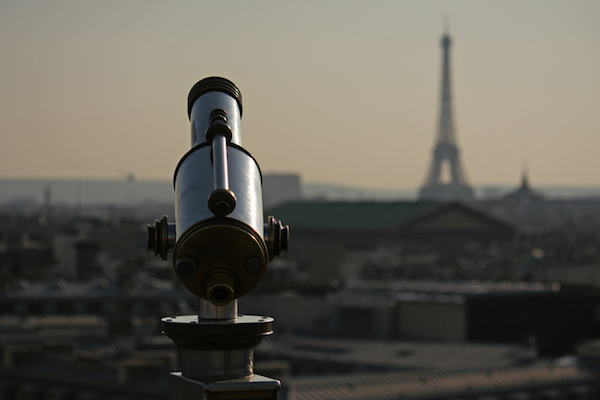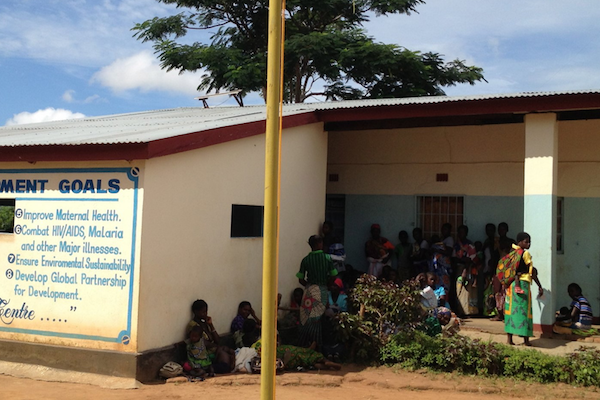
Investigating Recent Developments in Myopia Control
Myopia is a recognized global health crisis, affecting as much as fifty percent of the world’s population -- and this number is only expected to rise.
Introduction
Myopia is a recognized global health crisis, affecting as much as fifty percent of the world’s population, and this number is only expected to rise.1 With such high prevalence, several treatment and prevention strategies have been developed with varying levels of efficacy. Below is a review of some of these strategies.
Under-Correction
Under-correction was believed to serve dual purposes: to induce retinal defocus and to reduce accommodative demand.2 Although treatment in animal studies was promising, it has disappointed in clinical trials. Recent work has shown mixed results, some even suggesting that it could induce further myopic progression.3
Multifocal Correction
Multifocal correction includes progressive addition lenses (PAL) or concentric ring contact lenses. With regards to PAL spectacle correction, the COMET study demonstrated a clinically insignificant effect on myopia progression.2 However, the study did found that PAL myopia control was more effective in children with high accommodative lags and near esophoria. Additional studies have instead focused on concentric ring or peripheral add lens designs.4 A clear myopia reduction in school-aged children has been demonstrated, making it a promising control method.5
Orthokeratology
Orthokeratology is quickly becoming one of the most popular myopia control methods, with some studies suggesting a 50% reduction in myopia progression within two years.6 Benefits include clear vision during the day and ease of treatment; however, it is important to remember the associated risks. Studies are commonly plagued with high drop out rates and compliance issues.2
Atropine
Although its exact mechanism for myopia control is not clearly understood, Atropine has demonstrated its ability to effectively slow myopia progression.2 But, as with all pharmaceutical agents, the side effects must be kept in mind. These include photophobia and decreased near visual acuity due to the mydriatic and cycloplegic effects. Interestingly, most patients use PALs or multifocal lenses to combat these side effects. As noted earlier, these are also forms of myopia control, raising the question of whether there is a synergistic effect at play.
New Ideas and Methods
A relatively new approach utilizes the observation that myopes are also more likely to be glaucomatous.7 Pharmacological agents, such as prostaglandins and alpha agonists, are being evaluated for their ability to lower intraocular pressure leading to a decrease in scleral strain, effectively slowing the progression of myopia. This is still a developing idea and more research is needed in this area.
Unanswered Questions
Other areas that need further exploration include the idea of combination treatments. As was briefly discussed, there is the possibility of a synergistic effect between Atropine and multifocal correction. Furthermore, a study utilizing under-correction and orthokeratology demonstrated an average 63% reduction in myopia progression, proving to be extremely effective.8
These observations are very promising, but studies have yet to evaluate demographic factors, such as ethnicity or the optimal age of treatment. Although huge strides have been made in tackling the myopia epidemic, many questions remain unanswered.
Loukia Hadjiyianni is currently a 3rd year optometry student at University of California-Berkeley. If you’d like to get in touch with her, please use the contact form below.
Sources:
- Cooper J, Tkatchenko A V. A Review of Current Concepts of the Etiology and Treatment of Myopia. Eye Contact Lens. 2018;0(0):17. doi:10.1097/ICL.0000000000000499
- Kang P. Optical and pharmacological strategies of myopia control. Clin Exp Optom. 2018;101(3):321-332. doi:10.1111/cxo.12666
- Chung K, Mohidin N, Leary DJOÕ. Undercorrection of myopia enhances rather than inhibits myopia progression. Pergamon. 2002;42:2555-2559
- Benavente-Pérez A, Nour A, Troilo D. Axial eye growth and refractive error development can be modified by exposing the peripheral retina to relative myopic or hyperopic defocus. Invest Ophthalmol Vis Sci. 2014;55(10):6765-6773. doi:10.1167/iovs.14-14524
- Li SM, Kang MT, Wu SS, et al. Studies using concentric ring bifocal and peripheral add multifocal contact lenses to slow myopia progression in school-aged children: a meta-analysis. Ophthalmic Physiol Opt. 2017;37(1):51-59. doi:10.1111/opo.12332
- Cho P, Cheung SW, Edwards M. The longitudinal orthokeratology research in children (LORIC) in Hong Kong: A pilot study on refractive changes and myopic control. Curr Eye Res. 2005;30(1):71-80. doi:10.1080/02713680590907256
- El-nimri NW, Wildsoet CF. Effects of Topical Latanoprost on Intraocular Pressure and Myopia Progression in Young Guinea Pigs. Arvo Journals. 2018:8.
- Charm J, Cho P. High myopia-partial reduction ortho-k: A 2-year randomized study. Optom Vis Sci. 2013;90(6):530-539. doi:10.1097/OPX.0b013e318293657d







